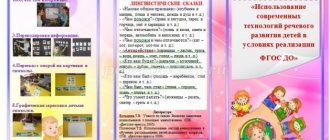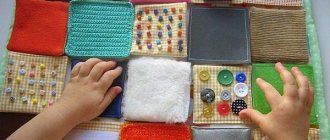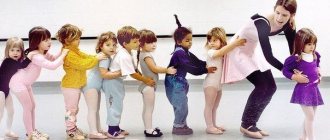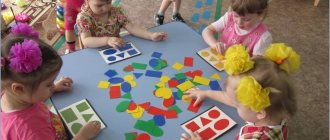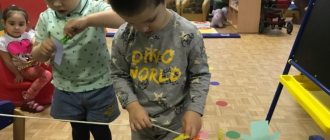Exercises to develop motor skills in children under 6 months
A set of exercises for children from birth to six months is introduced gradually during a daily massage and involves a gradual familiarization of the baby with basic movements, the development of muscle groups that allow him to gradually master the necessary skills (holding his head, turning over from his back to his stomach and back, the ability to sit).
Basic rules for conducting the lesson:
- 30 minutes passed after eating;
- The baby is in a good mood;
- The duration of the exercises starts from 10 seconds, gradually increasing to 5-10 minutes;
- Comfortable hard surface covered with a diaper;
- Good mood of baby and mother.
It is recommended to do the exercises with background classical or other music. Don't worry or be afraid when introducing new exercises. Carefully watch the baby's facial expression; at the slightest change in mood, stop doing it and go to the baby's usual warm-ups.
Physical education with a baby. Where to begin
- Laying on the stomach.
The first and main exercise for a newborn baby is placing the baby on his stomach to strengthen the muscles of the neck and back. Initially, this is carried out once a day for a few seconds, gradually increasing the number of approaches (up to 3 times a day by one month), lengthening the interval of being in the prone position to 10 seconds, by three months the duration increases to 30 seconds.
- Walk.
Exercises with baby's legs help strengthen the muscles of the back and legs. Having laid the baby on his back, take his shins in your hands and slowly lift them one by one towards his tummy. After repeating the exercise 5 times, lift both legs together towards your tummy. Move your legs in a circle, simulating a bicycle ride. Raising two legs to the tummy, slowly spread them apart, bringing the baby into a frog position.
- Claps.
Take your baby in your arms, offering him your thumb to grab. Bend your baby's arms at the elbows. Lift up. Bring it together.
- Grab it.
At about 2 months, you can offer your thumbs to the baby lying on his back for gripping. It is good to use various rattles, attracting the baby's attention to the sound from both sides.
- Raising the body.
Having learned to grab your thumbs, the baby will begin to strive to rise. There is no need to help him with this. Let your hands be at the same level, raise higher only with the child’s shoulders lifting yourself.
- Reach out.
At three months, the baby will already be able to hold his head well when lying on his stomach. To develop the muscles of the neck and spine, it is good to stimulate keeping the body on the elbows and reaching for a toy placed in front of the eyes.
- Revolutions.
Place your baby on his back. Take his right hand and place it behind his left shoulder, lifting the baby’s body. Allow your baby to roll over onto his stomach on his own. Repeat the exercise on the other side.
These exercises can continue to be used after the baby reaches six months of age as a basic complex, eliminating unnecessary ones as new ones are learned.
